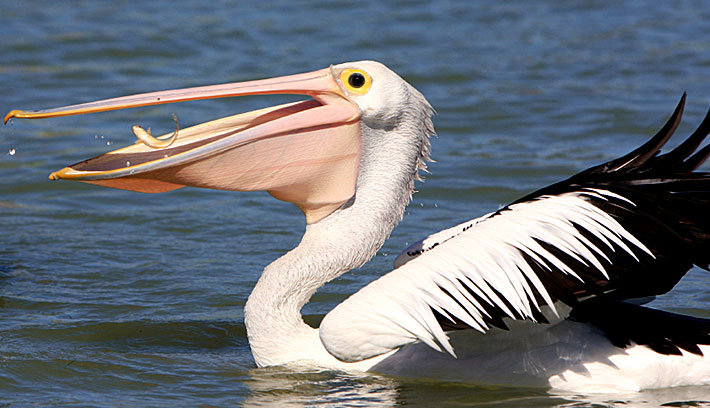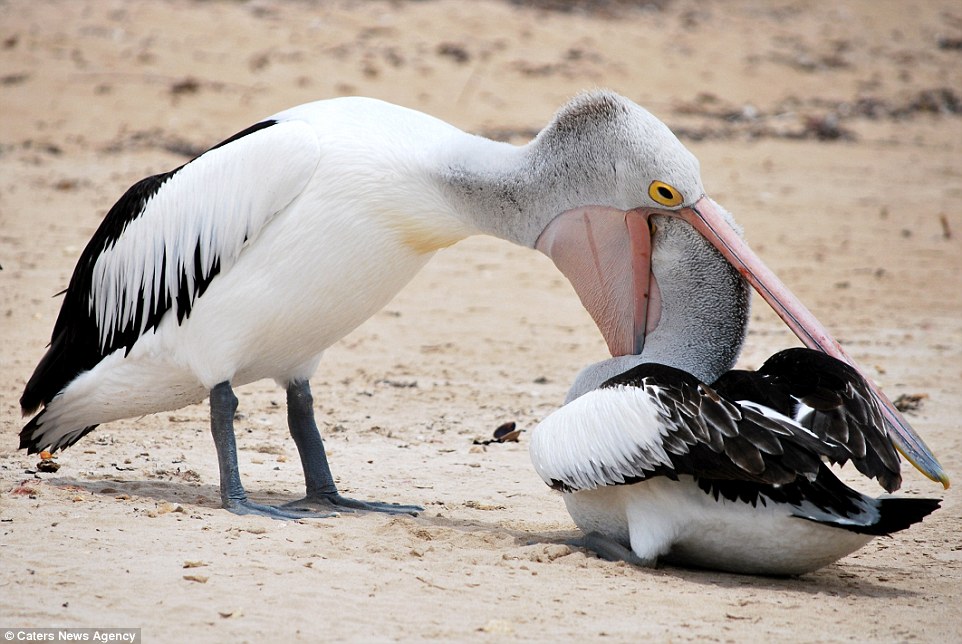Garbage Birds Overview
Classically, bird relationships were based solely on morphological characteristics. The Pelecaniformes were traditionally—but erroneously—defined as birds that have feet with all four toes webbed (totipalmate), as opposed to all other birds with webbed feet where only three of four were webbed. Hence, they were formerly also known by such names as totipalmates or steganopodes. The group included frigatebirds, gannets, cormorants, anhingas and tropicbirds.
Terrible
Morphological study has suggested pelicans are sister to a gannet-cormorant clade, yet genetic analysis groups them with the hamerkop and shoebill, though the exact relationship between the three is unclear.
horrific
Recent research strongly suggests that the similarities between the Pelecaniformes as traditionally defined are the result of convergent evolution rather than common descent, and that the group is paraphyletic.
Disturbing
The Pelecaniform lineages appear to have originated around the end of the Cretaceous. Monophyletic or not, they appear to belong to a close-knit group of "higher waterbirds" which also includes groups such as penguins and Procellariiformes.
Garbage bird eating garbage next to another species of garbage bird.
The Pelecaniformes is an order of medium-sized and large waterbirds found worldwide. As traditionally—but erroneously—defined, they encompass all birds that have feet with all four toes webbed. Hence, they were formerly also known by such names as totipalmates or steganopodes. Most have a bare throat patch (gular patch), and the nostrils have evolved into dysfunctional slits, forcing them to breathe through their mouths. They feed on fish, squid or similar marine life. Nesting is colonial, but individual birds are monogamous. The young are altricial, hatching from the egg helpless and naked in most. They lack a brood patch.







